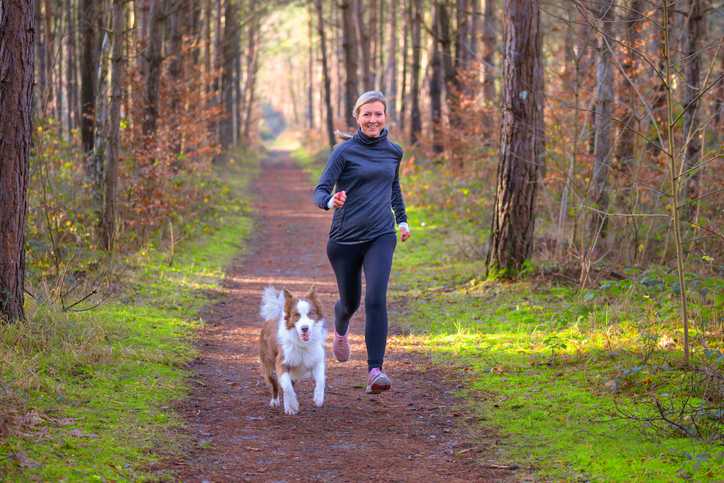
Physical activity benefits both physical and psychological health across many chronic diseases. Limited data suggests those with systemic lupus erythematosus (SLE) have lower physical activity levels than the general population. While life expectancy for patients with SLE is reported at over 90% at 10 years in most Western nations, SLE patients still deal with poor health-related quality of life, and reduced physical activity may be a contributing factor. Mischler and colleagues sought to investigate physical activity characteristics in the non-pharmacologic management of SLE and determinants of physical activity levels in a large, international SLE cohort.
The cross-sectional, observational study called the Lupus Expert System for Assessment of Fatigue (LEAF) had participants complete an online digital tool to comprehensively assess fatigue, anxiety, stress, depression, sleep quality, and physical activity in patients with SLE. Patients with a self-reported diagnosis of SLE confirmed by a medical doctor were included; exclusion criteria included pediatric patients under 18 years of age. Participants were recruited globally through website links shared by patient associations, social media platforms, or during medical visits.
Physical activity was assessed in LEAF using the short form of the International Physical Activity Questionnaire (IPAQ), which collects frequency and duration of physical activity taken during the past 7 days across three different intensities (walking, moderate-intensity, and vigorous-intensity). The physical activity was assessed in metabolic equivalent of tasks (METs) and classified into three levels: low, moderate, and high physical activity. Other variables were assessed, including self-reported disease activity (Numerical Rating Scale), fatigue (Functional Assessment of Chronic Illness Therapy – Fatigue Scale, Multidimensional Fatigue Inventory, and 0-10 Visual Analogue Scale), insomnia (Insomnia Severity Index), stress (Perceived Stress Scale 10), anxiety and depression (Hospital Anxiety and Depression Scale), and chronic pain (Fibromyalgia Rapid Screening Tool).
The study collected data from 1029 participants with SLE across 68 countries, with the majority from Europe (63%). The median age was 43 years old, with around 95% female. The participants reported a median of 240 minutes of physical activity per week, with 44% having low physical activity levels. Amongst the less active patients, there was a significantly higher prevalence of fatigue, pain, depression, and stress when compared to the moderate and high physical activity groups. There are some limitations to the study, including self-reported diagnosis and lack of access to physician-reported medical information.
This study provides interesting data evaluating the physical activity of patients with SLE and the association with a wide range of relevant outcomes, including fatigue, pain, anxiety, stress, and depression. Many of these symptoms have been described as “Type 2” lupus symptoms, which are often not responsive to or improved by immunomodulatory or immunosuppressive lupus medications. Physical activity appeared to have a protective effect with lower levels of fatigue, pain, stress, and depression in those with higher physical activity. Other literature has also demonstrated the benefits of physical activity in improving aerobic capacity and VO2 max, reducing cardiovascular risk, and improving anxiety, depression, and fatigue. Almost half the participants were also not sufficiently active in this study. This suggests rheumatologists could improve counseling regarding the importance of exercise and physical activity, particularly given physical activity may help improve symptoms that are often not responsive to lupus-specific medications.
Reference
1. Mischler T, Kawka L, Sarmiento-Monroy JC, et al. Levels of physical activity in a large international cohort of patients with systemic lupus erythematosus. Lupus Sci Med. 2025;12(1):e001443. Published 2025 Mar 15. doi:10.1136/lupus-2024-001443.







 © 2025 Mashup Media, LLC, a Formedics Property. All Rights Reserved.
© 2025 Mashup Media, LLC, a Formedics Property. All Rights Reserved.